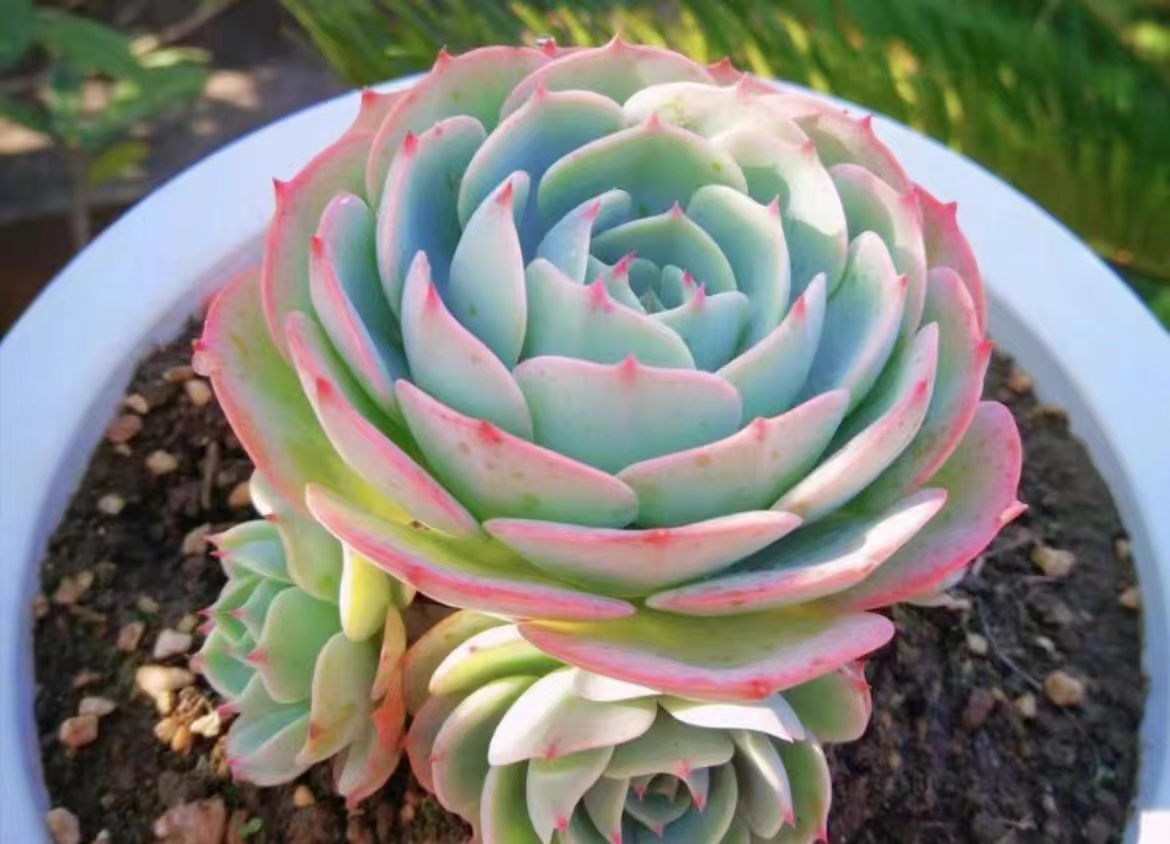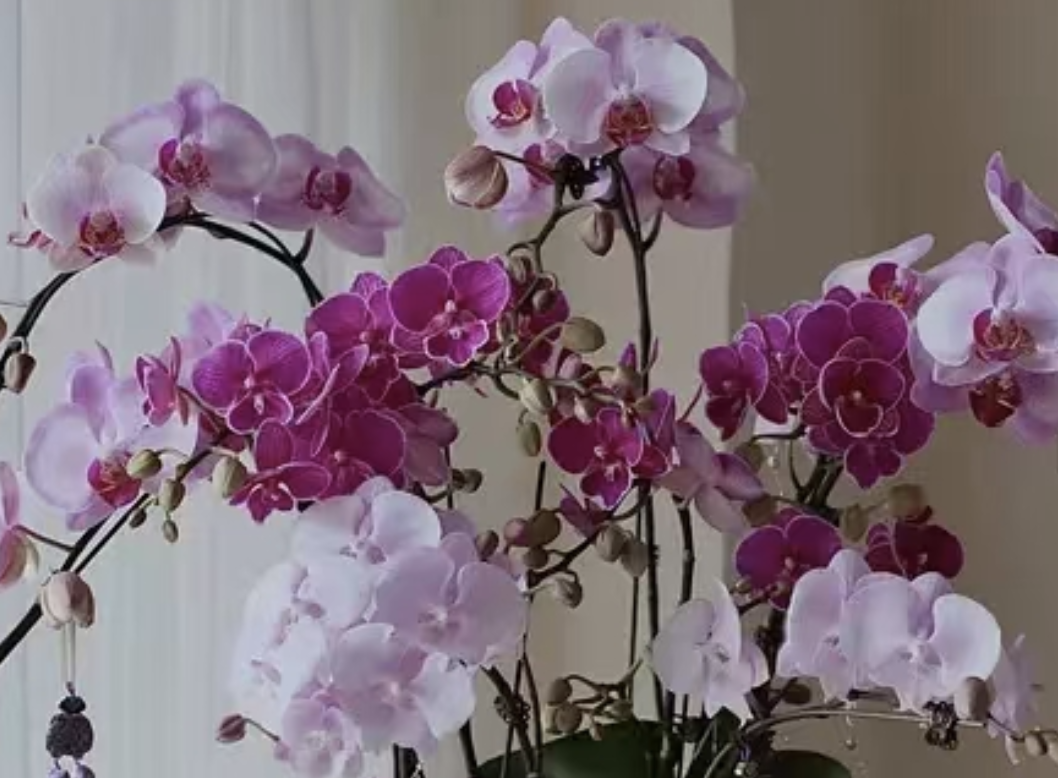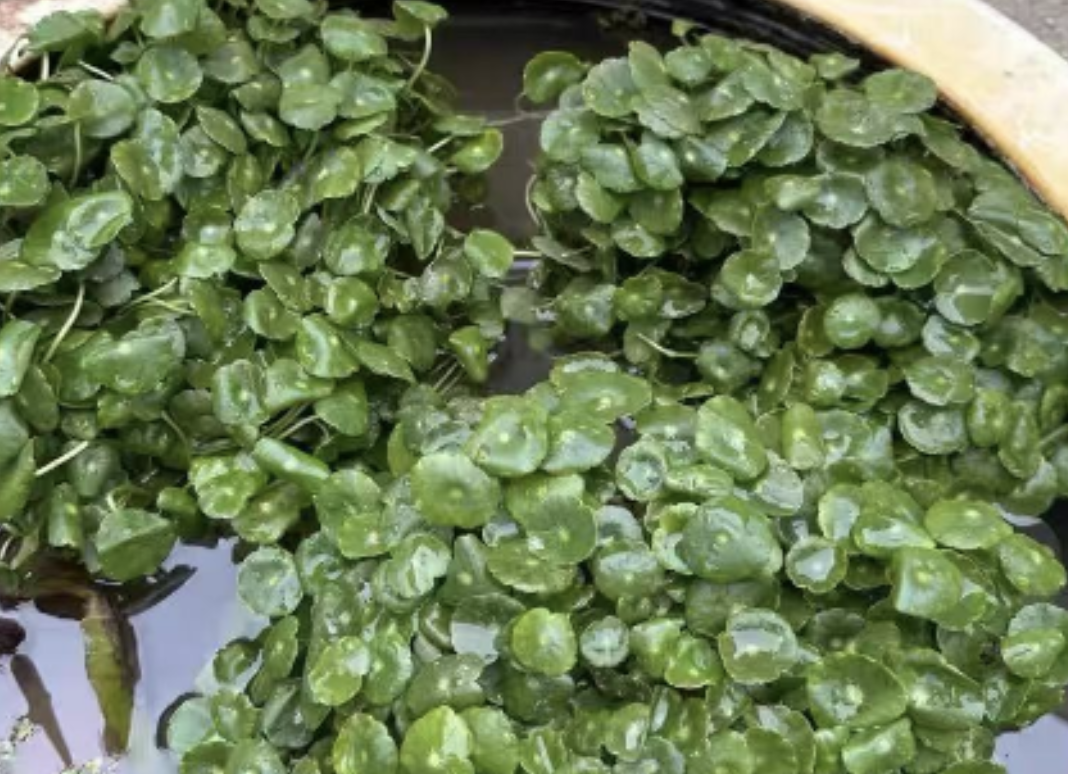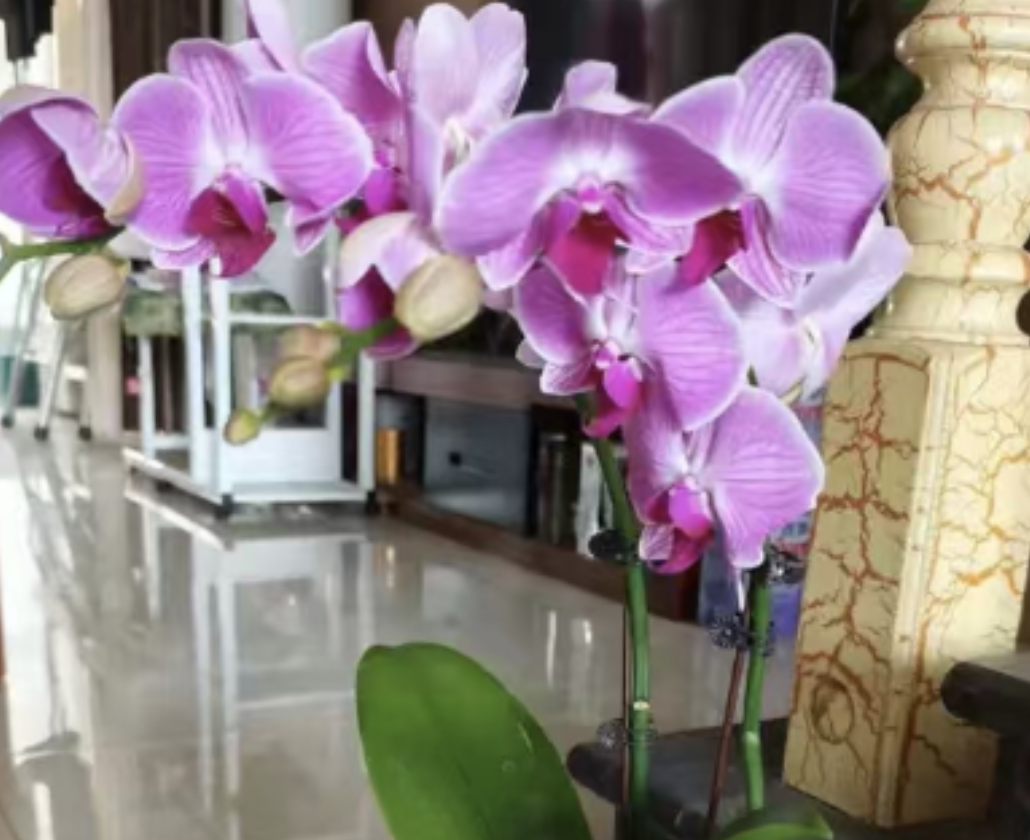Echeveria secunda is particularly beautiful, with leaves shaped like short spoons, round heads with small tips, a light green color, and a layer of white powder on the surface, neatly arranged in a rosette shape. Many succulent enthusiasts love it. However, during cultivation, two common questions often arise: first, whether to use a deep pot or a shallow pot for planting; second, how to cultivate it to make it "explode" (i.e., fill the pot with lush growth).
Let’s start with the first question: deep pot or shallow pot for Echeveria secunda? As we all know, a plant’s growth is closely related to its root system’s environment. Echeveria secunda has shallow roots, with an indistinct main root and a dense network of fibrous roots in the soil’s surface layer. Such roots are highly susceptible to waterlogging and prefer a well-ventilated, fast-draining soil environment. What’s the difference between deep and shallow pots?
Deep pots offer ample space and can hold more soil, suitable for plants with deep root systems. However, they are unsuitable for Echeveria secunda: in a deep pot, the lower soil dries slowly, trapping water and leading to root rot over time. Shallow pots, on the other hand, have faster water evaporation and drainage, perfectly matching the plant’s shallow root needs. They also make it easier to observe soil moisture and control watering. Therefore, shallow pots are generally more suitable for Echeveria secunda. When choosing a shallow pot, ensure the diameter is only slightly larger than the plant itself—an overly wide pot with too much soil will hinder drainage.
Next, let’s discuss the much-anticipated "explosion" tips. Achieving a full pot requires attention to multiple factors:
Soil: Like the foundation of a house, the right soil is crucial. Echeveria secunda prefers loose, breathable, and well-draining soil. A homemade mix of equal parts peat moss and granular soil (such as volcanic stone, vermiculite, or river sand) works well. Peat moss provides nutrients, while granular soil enhances aeration and prevents waterlogging. Adding a layer of 陶粒 (ceramsite) or broken tiles at the pot bottom further improves drainage.
Light: This succulent thrives in sunlight. Except for intense summer heat (when shading is needed to prevent leaf scorching), it should receive 6–8 hours of direct sunlight daily. Sufficient light enhances photosynthesis, plumps the leaves, intensifies their color, and stimulates lateral bud growth for faster "explosion." Insufficient light causes "etiolation"—elongated stems and sparse, unattractive leaves.
Watering: Echeveria secunda is drought-tolerant and requires infrequent watering. Follow the "soak and dry" principle: water only when the soil surface is completely dry, and water thoroughly until it drains from the pot bottom. Avoid waterlogging. During summer heat, the plant enters a brief dormancy, so reduce watering and keep the soil slightly dry to prevent root rot. In winter, limit watering to avoid freezing the roots in low temperatures.
Temperature: The ideal growth temperature is 15–25°C, during which the plant is most vigorous and prone to "exploding." When summer temperatures exceed 30°C, move it to a cool, ventilated area to prevent pest infestations in high humidity. In winter, keep it indoors above 5°C to avoid frost damage.
Fertilization: Moderate fertilization supplies growth nutrients. During the active spring and autumn seasons, apply a dilute liquid fertilizer (succulent-specific or well-rotted organic fertilizer) every 20–30 days, ensuring low concentration to avoid root burn. Skip fertilization in summer and winter when growth slows or stops.
Repotting: As the plant grows, its roots will fill the pot, and soil nutrients will deplete. Repot in spring or autumn when the plant is active for easier recovery. Gently remove the plant from the old pot, shake off old soil, inspect roots for rot or pests, trim as needed, place in a new pot with fresh soil, water lightly, and let it acclimate in a shaded, ventilated area before resuming normal care.
In summary, cultivating Echeveria secunda is straightforward. With the right shallow pot, suitable soil, adequate light, proper watering/fertilizing, and timely repotting/trimming, this "Butterfly Fairy" will gradually fill the pot, bringing vitality and beauty to your home with patient care.
Is it better to use a deep pot or a shallow pot for Echeveria secunda (Jade Butterfly Succulent)?

Share with
Tagged in :




Leave a Reply